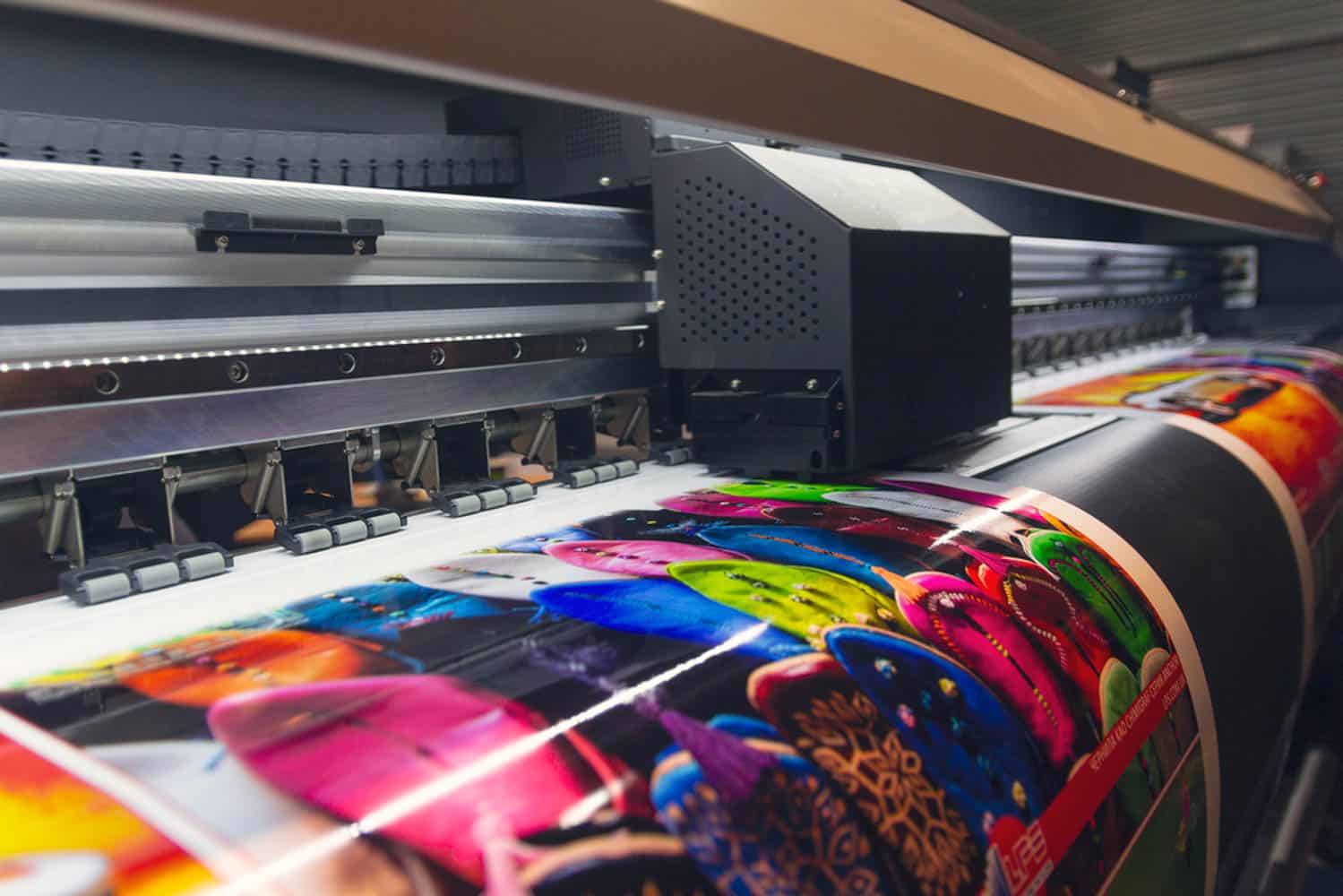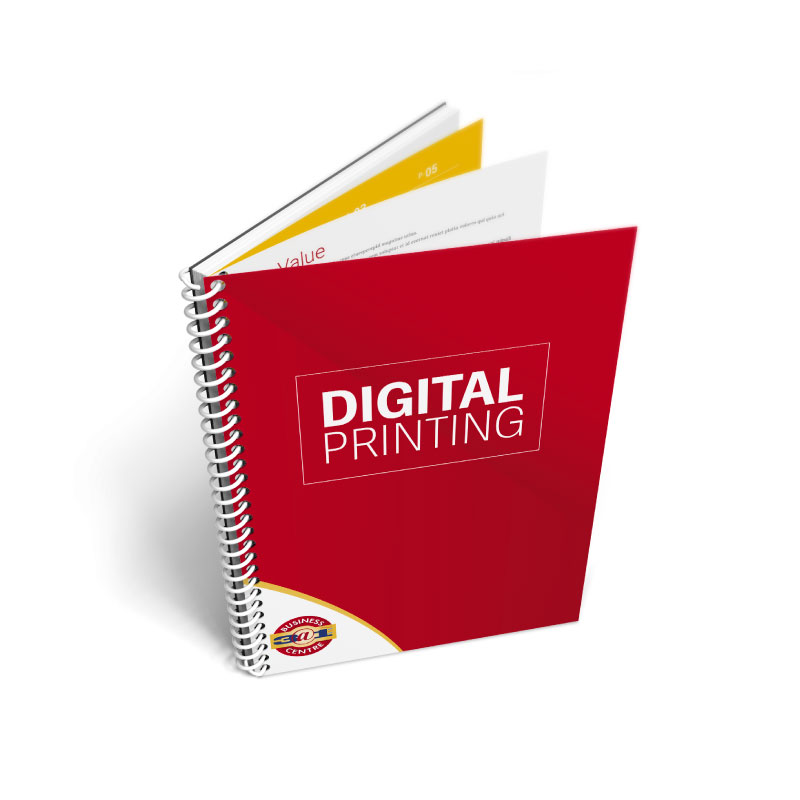Why Digital Printing Is a Game-Changer for Personalized Gifts and Products
Understanding the Importance of Digital Printing in Today's Competitive Landscape
In the context of today's intensely competitive market, the significance of electronic printing can not be ignored. As businesses look for to improve their techniques, understanding just how electronic printing integrates into more comprehensive advertising and operational goals is necessary. What implications does this have for future business techniques and consumer connections?
Advantages of Digital Printing
Digital printing supplies a number of considerable advantages that make it a favored option for many businesses and individuals. One of one of the most noteworthy advantages is its ability to create top quality prints with detailed information and dynamic shades. This is especially essential for advertising materials, where visual appeal can considerably influence customer involvement.
In addition, electronic printing helps with fast turnaround times, enabling organizations to respond rapidly to market demands or advertising possibilities. Unlike traditional printing approaches that call for comprehensive configuration and longer production times, digital printing permits prompt outcome, making it optimal for time-sensitive tasks.
Personalization is another essential benefit of electronic printing. It sustains variable information printing, which enables individualized material in each print run. This function is especially helpful for direct marketing campaigns, where tailored messages can boost client connection and boost feedback rates.
Additionally, electronic printing decreases waste by enabling fine print runs without sustaining substantial costs. This capacity not just sustains sustainability efforts however likewise offers versatility for services to examine new styles or products without dedicating to large quantities.
Cost-Effectiveness and Efficiency
The cost-effectiveness and effectiveness of electronic printing make it an appealing alternative for organizations seeking to maximize their printing processes. Unlike standard printing methods, which typically need comprehensive setup and big print runs to warrant costs, digital printing permits much shorter runs without compromising top quality. This flexibility significantly reduces waste and inventory expenses, enabling services to publish just what they need, when they need it.
In addition, digital printing lessens the turn-around time for projects. With automated procedures and on-demand capacities, business can react promptly to market needs, thereby boosting their one-upmanship. The removal of pricey pre-press stages, such as plate production and long setup times, additionally contributes to functional efficiency.
Furthermore, electronic printing technologies have progressed, resulting in reduced per-unit costs in time. This price decrease equips companies, especially tiny to medium-sized business, to accessibility high-grade printing without overwhelming economic worries. As an outcome, digital printing becomes not only a useful choice but also a tactical investment in a swiftly evolving marketplace. By leveraging effective and cost-efficient digital printing remedies, organizations can streamline their operations while preserving high standards of top quality and responsiveness.
Modification and Customization
In today's competitive landscape, the ability to offer customization and customization in printing has actually become an important differentiator for companies. Digital printing technology permits companies to develop tailored items that satisfy specific consumer requirements and choices. By leveraging variable data printing, firms can generate products that incorporate unique message, images, or styles for each recipient, enhancing the significance and impact of advertising efforts.
This capacity not only cultivates a deeper link with customers yet likewise makes it possible for businesses to stand apart in a crowded industry. Individualized brochures, direct mail campaigns, and promotional products can lead to greater interaction rates and enhanced customer loyalty. The flexibility of electronic printing facilitates short runs and fast turnaround times, enabling organizations to respond quickly to market trends or specific client demands.

Environmental Effect
As organizations significantly concentrate on personalization and customization to boost client interaction, attention needs to additionally turn to the ecological ramifications of printing methods. Digital printing offers a number of advantages in this context, largely via its capability to minimize waste and decrease resource intake. Unlike traditional printing approaches that commonly require extensive setup and create considerable excess products, electronic printing makes it possible for on-demand manufacturing. This capacity allows companies to print only what is essential, consequently decreasing overflow and linked waste.
Moreover, advancements in electronic printing technology have brought about using green inks and substratums. Water-based and vegetable-based inks are becoming much more widespread, decreasing the emission of volatile organic compounds (VOCs) and boosting recyclability. Additionally, numerous electronic printers are made to be energy-efficient, consuming less power during procedure contrasted to their standard equivalents.
The change towards lasting techniques is not merely a regulatory feedback; it is likewise a strategic service decision. Firms that take on environmentally responsible printing procedures can improve their brand photo, charm to eco-conscious customers, and add to broader sustainability objectives. In this affordable landscape, integrating environmental considerations right into printing practices is essential for lasting success and business duty.
Future Trends in Digital Printing
Arising technologies are positioned to reinvent the landscape of electronic printing, driving innovation and efficiency in the market. As innovations in expert system and artificial intelligence proceed to develop, the capacity to automate procedures and boost customization will certainly become a cornerstone of electronic printing (digital printing). These innovations will certainly make it possible for printers to evaluate consumer data, enabling for extremely personalized print products that deal with certain market needs
Additionally, the combination of 3D like it printing within standard electronic printing frameworks is anticipated to produce brand-new avenues for item advancement. This convergence will certainly help with the production of intricate styles and models a lot more swiftly and cost-effectively than in the past.
Sustainability will likewise play a crucial duty fit the future of digital printing. As environmental problems escalate, environment-friendly inks and substrates are expected to get traction, advertising a greener printing process.
In addition, the rise of on-demand printing will move the emphasis from large manufacturing goes to smaller, extra flexible orders, decreasing waste and inventory expenses. Collectively, these fads signal a transformative era in electronic printing, emphasizing flexibility, performance, and environmental consciousness in meeting the demands of an advancing marketplace.
Final Thought

The cost-effectiveness and performance of digital printing make it an eye-catching alternative for services looking to optimize their printing processes. Unlike typical printing methods, which frequently need substantial configuration and large print runs to warrant costs, electronic printing enables for much shorter runs without giving up top quality. The versatility of electronic printing facilitates short runs and rapid turn-around times, permitting companies to respond promptly to market fads or private customer demands.
Unlike typical printing techniques that often require substantial arrangement and create substantial excess products, digital printing makes it possible read the article for on-demand manufacturing. As digital printing continues to evolve, its duty in driving advancement and functional effectiveness will be essential for businesses seeking to preserve an affordable edge.